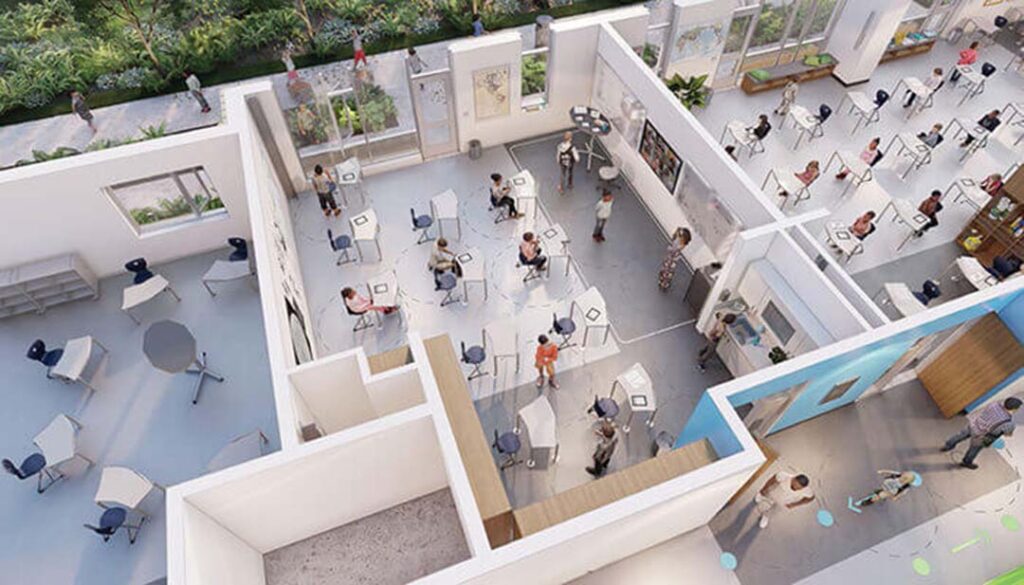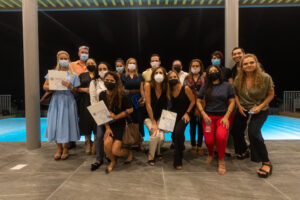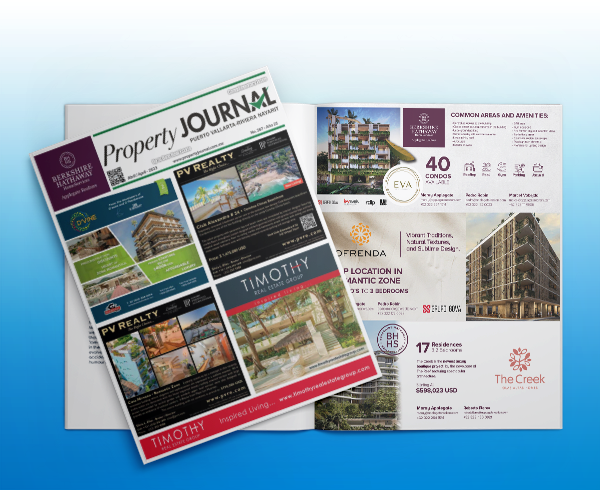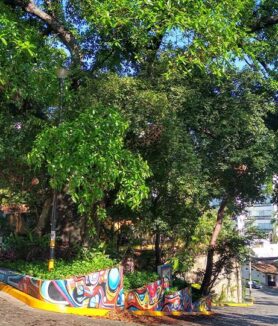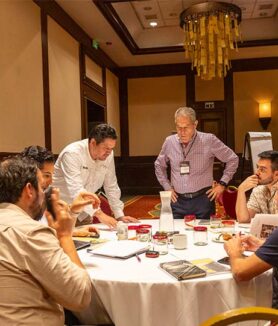Throughout history, disease outbreaks have forced innovations in urban design. An example of this was during the fight against cholera epidemics in the 19th century, the construction of new plumbing and sewage systems was required, in addition to the creation of new zoning laws to prevent overcrowding. According to the digital media “urban entity” the advance of Covid-19 exposed the need for broad changes to the economy and also influenced the way in which cities and buildings are built.
“There’s an interesting nexus that’s happening with the increased thinking about chronic health in the cities and health districts that we’re designing and this particular epidemic,” says David Green, director of Perkins and Will, a design firm that He has worked in health districts, which address broader health issues, such as the ability to walk as a tool to reduce obesity and diabetes.
He added that it will fundamentally change the way we think about city design. Among the proposed changes is the creation of buildings that can quickly switch to a different use in the event of an epidemic or other type of disaster.
Green mentioned that they have been seeking to redesign public spaces so that they also function as logistics and treatment areas in cities for epidemics such as the one the world is experiencing today. Additionally, the firm is studying how urban design affects current outbreaks.
Virus-free transit
Sound design could help reduce crowds where viruses spread easily. Airports are a clear example of this. “New and improved airports are being designed to increase security screening lanes and reduce pinch points in passenger flow,” says Arathi Gowda, associate director of high-performance design at Skidmore, Owings & Merrill (SOM). .
In the case of Lionel Ohayon, founder and CEO of Icrave Design, an airport and stadium design firm, she proposes that passengers be screened when boarding self-driving vans heading to the airport, rather than at the airport.
Buildings must be the secret weapon in the future to combat infectious diseases
The greatest risk of getting infected comes from close contact with someone who is sick, the air on board is well filtered so that viruses do not circulate anymore. That level of air quality treatment should be happening elsewhere, SOM director of sustainable engineering Luke Leung said that can be done in public transport systems, however it has not been done.
New technologies have managed to make cleaner air more profitable. Another example of this is UV-C light which can kill viruses in air handling systems while making equipment last longer.
Getting fresh air into buildings is important, as is improving outdoor ventilation in neighborhoods with large populations, “if you get fresh air in, it will minimize your exposure time to anything,” Leung said. Future technology will be able to do more than this, sensors that can detect viruses on surfaces in real time are coming and can be used to warn building occupants or trigger air cleaning.
Some buildings are also beginning to roll out temperature checks to recognize people who might be sick, Gowda said that both China and other countries are measuring occupant temperatures before entering a building using an infrared thermometer or using thermal imaging. This measure was implemented to mitigate the spread of Covid-19.
Hospitals designed for outbreaks
Hospital design can also be improved to handle infectious disease outbreaks. One example is Rush University Hospital in Chicago, which has an ambulance area designed to be closed off so that patients can be safely evaluated there before entering the hospital.
Inside, the negative pressure zones that limit the spread of the virus can be activated in multiple areas. Hospital rooms can also be transformed, “if you suddenly get really sick, like some of these patients, they can immediately turn the ICU room into an ICU ICU room,” says Marvina Williams, a medical planner at Perkins and Will and former emergency department.
Parks help cities breathe
Among the most comprehensive approaches to making cities and buildings healthy is adding more outdoor space to their designs, even in the tallest buildings, as SOM does.
By: Malka Mekler


